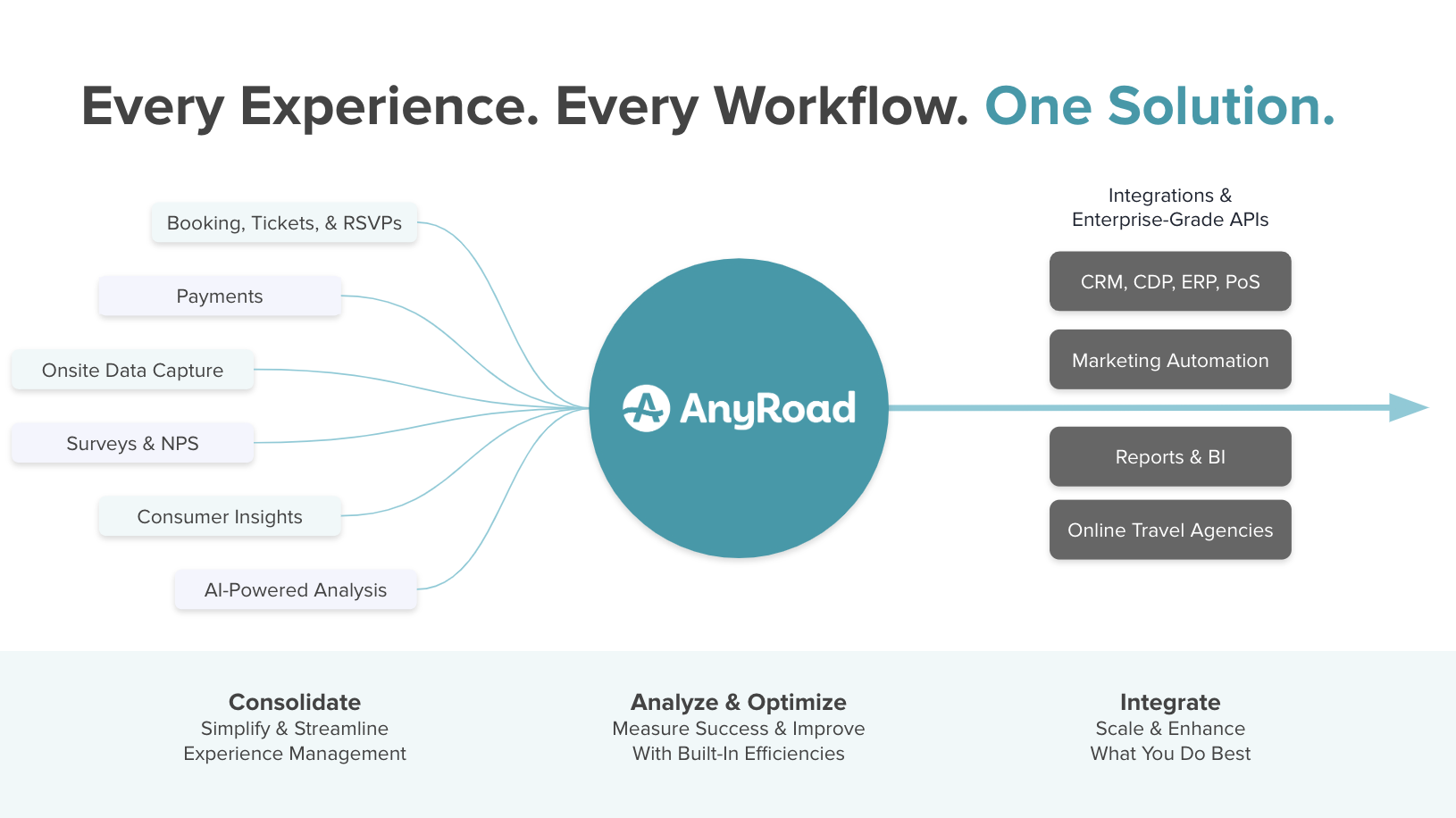Data is critical for every aspect of successful marketing — running effective experiential marketing campaigns is no exception. The team at Eat Just, Inc. knows that firsthand. The company makes a popular plant-based egg substitute and learned early on that one of the keys to getting more people to buy its product is to allow them to try it for themselves through live tasting experiences.
Want to get your own data? Get the first-party guide.
Although giving out free samples is certainly an effective strategy for getting more people to try a product, the problem is that it’s often difficult to measure the ROI. That’s because even if there’s an increase in sales, companies typically don’t have any way of measuring whether it’s because a bunch of people got to taste their product or if there’s some other factor at play.
At a time when budgets are tightening, showing the impact that activities like these are having on the company’s bottom line is critical.

Recently, our COO Daniel Yaffe had the opportunity to sit down with Eat Just’s Director of Field Marketing Adrian Santo to discuss their approach to effectively leveraging data to optimize experiential marketing strategy. Armed with the actionable insights the AnyRoad platform provides, Eat Just is able to more effectively:
Reach the right people
Working with AnyRoad, Adrian Santos, Director of Field Marketing, and his team discovered that 86% of college students want a plant-based breakfast option at their school. That confirmed for them that running experiential tasting events on college campuses was the right thing to do.
Continuously iterate on and refine its tasting events
With AnyRoad’s help, Eat Just was also able to gather the first-party data it needed to identify what was and wasn’t working about its different tasting events so that it could work to optimize them. Adrian and his team gathered that data through short automated surveys participants completed after each activation event. The data yielded insights on everything from where their tasting events were most successful, to net promoter scores, to the specific reasons why a particular visitor did or didn’t like their product.
“It’s giving us the education and the know-how on where to place our bets next year...without data you can’t do that”
Adrian Santo, Director of Field Marketing at Eat Just
For example, they discovered that some students thought their eggs were too watery. When they looked at why, they realized it only happened when the eggs were served with tomatoes, which changed their consistency. Correcting that was an easy fix and ensured more people would enjoy the product.
Prove value and justify spend with the C-suite
Eat Just was also able to gather lots of other data, including how many people said they liked the product's taste, enjoyed the tasting experiences, and were more likely to purchase the product because of those experiences.

With insights like these, experiential marketers can bring the same rigor and diligence to their campaigns as digital marketers. Adrian says that’s been particularly important for conveying the value of his team's work to his company’s C-suite.




.png)

%204.50.48%E2%80%AFp.m..png)
%2012.57.51%E2%80%AFa.m..png)